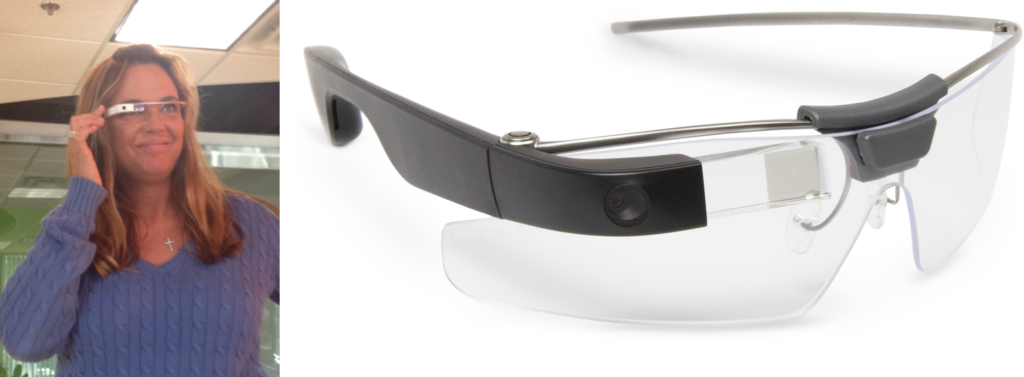
If you’ve been following our posts about CES 2021 – or you perhaps attended our tour a couple weeks ago – you know this year’s virtual show was less about a hot new gadget. Instead, we have been taught to focus on the big trends in technology, and how they might impact broadcast radio.
That said, even if there was an amazing new device, I’m not sure we would have seen it. That’s because the very nature of this year’s show made it difficult to “bump into” a new trend.
At the in-person version of CES in Vegas, you walk into a hall or exhibit, and you begin to see that same gadget or technology, often being produced or introduced by multiple companies. The virtual nature of this year’s show made it more challenging to have those types of serendipitous, discovery moments.
That said, I couldn’t help but wonder whether we could, in fact, be close to a day when smart glasses become a bona fide trend.
In general, wearables – smartwatches and fitness devices – have steadily gained in popularity these past few years. In Techsurvey 2020, smartwatch ownership jumped to 18% of our core radio listeners, even higher among Gen Zs and Millennials. And nearly one in four now use a fitness wearable, another item that’s only gotten hotter since the COVID outbreak. 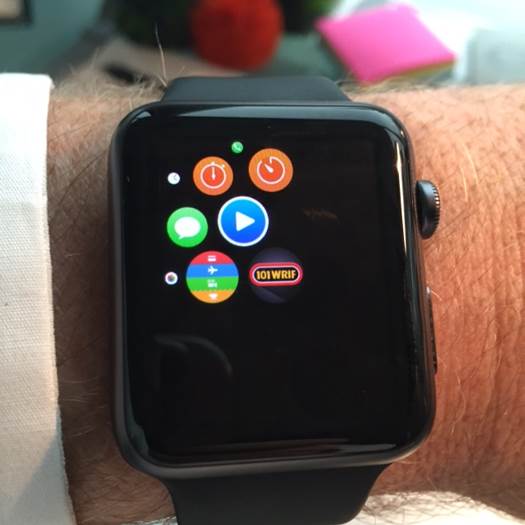
Still, they aren’t having anywhere near the impact of smart speakers – yet. But as health monitoring becomes a more important priority for many of us – especially given the pandemic – devices that provide metrics on our physical well-being have become more desirable.
Data is now pouring in from Techsurvey 2021 – the first post-COVID version of these studies of radio fans, so we’ll continue to track the increasing popularity of these tech wearables.
But, what about smart glasses? One thing we learned at CES is that many companies are already deep into the development stage with many more in the pipeline. And we’re not just talking about small startups that we’d typically see at Eureka Park.
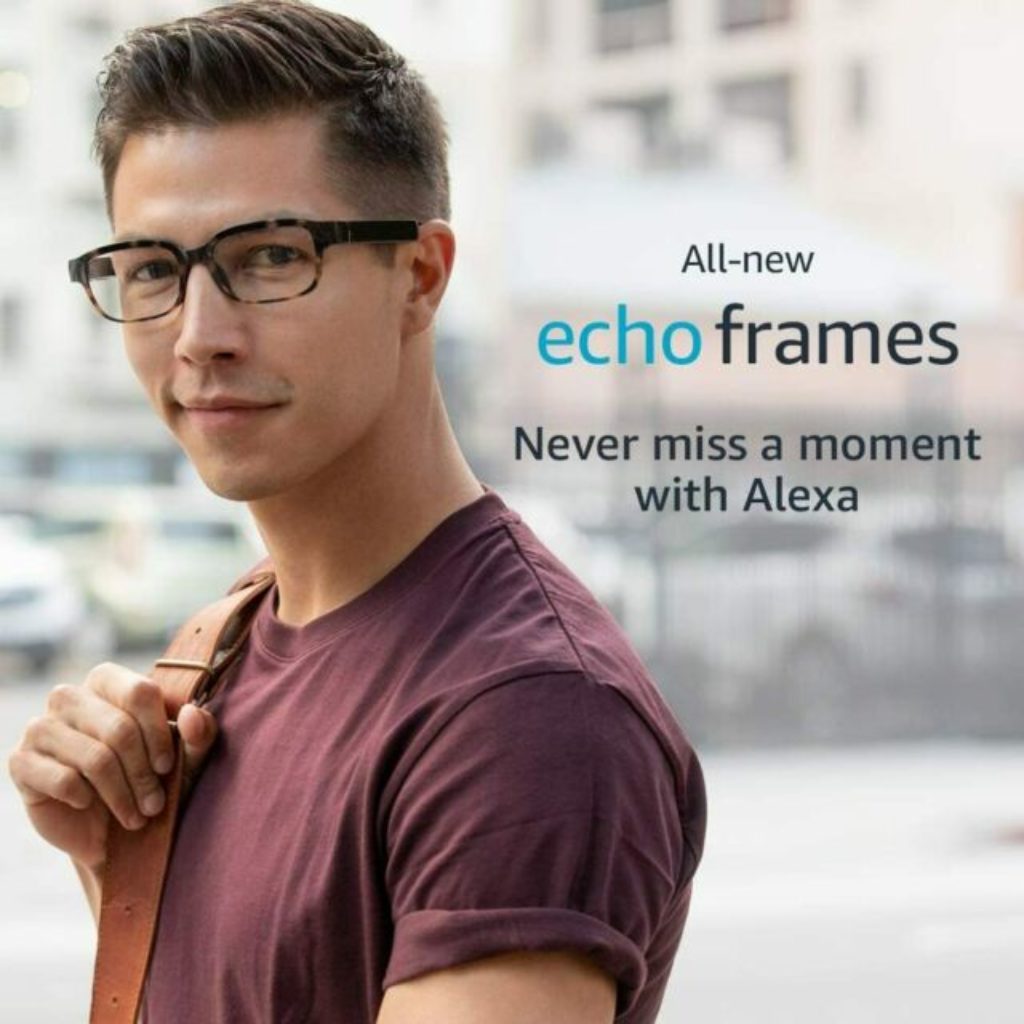
Amazon is already into its second generation of Alexa-enabled Echo Frames, while Facebook is working with Ray-Ban to produce its version of smart glasses.
And according to CNBC’s Samantha Subin, there are all sort of rumors that Apple is working on a Siri-equipped pair of AR glasses ready to go in a couple years.
As we saw at this year’s show, smaller companies are flocking to the space. Jio is an India-headquartered company with backing from both Google and Facebook. And they’re working on an Internet-connected headset especially designed for remote work and school.
And then there’s Vuzix, a company we’ve seen before at CES. At this year’s show, they unveiled their next generation of tech-inspired glasses that connect with Android smartphones. In addition, they have what they call immersive sound – yes, with the ability to let you make phone calls and listen to your favorite music – or yes, even radio stations.
The video below shows you how far this technology has come in a short time:
Now before you get all excited about this technology, let me remind you I’ve fallen for this hype before. As you can see in the photo at the top of this post, I thought smart glasses might be “the next big thing” when I bought my first – and only – Google Glass way back in 2014. I don’t even want to tell you what I paid for this wearable.
That’s Lori Lewis modeling my coveted Google Glass, a technology that not only lacked a true purpose, but ultimately was embarrassing to wear. It didn’t take long before people walking around with these peculiar devices perched on their noses started being referred to as “glassholes.”
Suffice it to say, mine is still sitting unused in its handy pouch, waiting for these devices to develop a market on eBay. And I feel a bit like the hi-tech  version of Charlie Brown, having been prey to the bleeding edge of useless new – and expensive – tech.
version of Charlie Brown, having been prey to the bleeding edge of useless new – and expensive – tech.
No, the smarter money may actually be on a truly new type of wearable that wasn’t even in development at this time last year. And yet, in one way, shape, or form, most of all wearing them. And the new Biden administration has strongly suggested we wear them as a policy during his first 100 days in office.
Of course, the new rage (and you can take that any way you’d like) is face masks. And of course, the tech version of these health and safety devices showed up in force this year at CES.
Earlier this month in this blog, I showed you the latest in LG‘s new hi-tech version of these safety wearables, sporting a built-in air purifier.
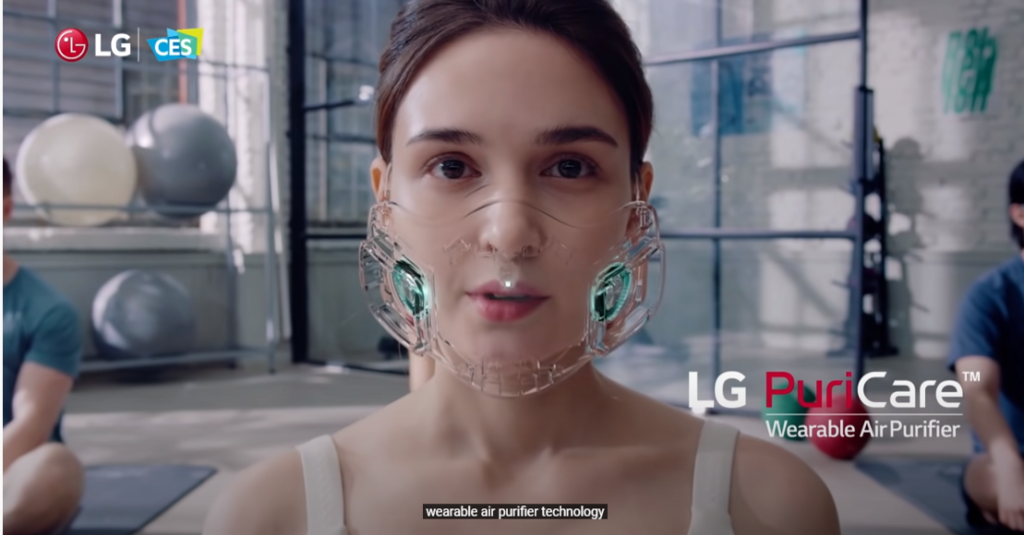 The PuriCare mask sports a dual fan system with HEPA filters, similar technology used in higher-end air purifiers. It retails for just under $300, a much better deal than my Google Glass. Although people may make fun of you when they see you wearing one.
The PuriCare mask sports a dual fan system with HEPA filters, similar technology used in higher-end air purifiers. It retails for just under $300, a much better deal than my Google Glass. Although people may make fun of you when they see you wearing one.
But this nifty LG technology has one big flaw – no audio.
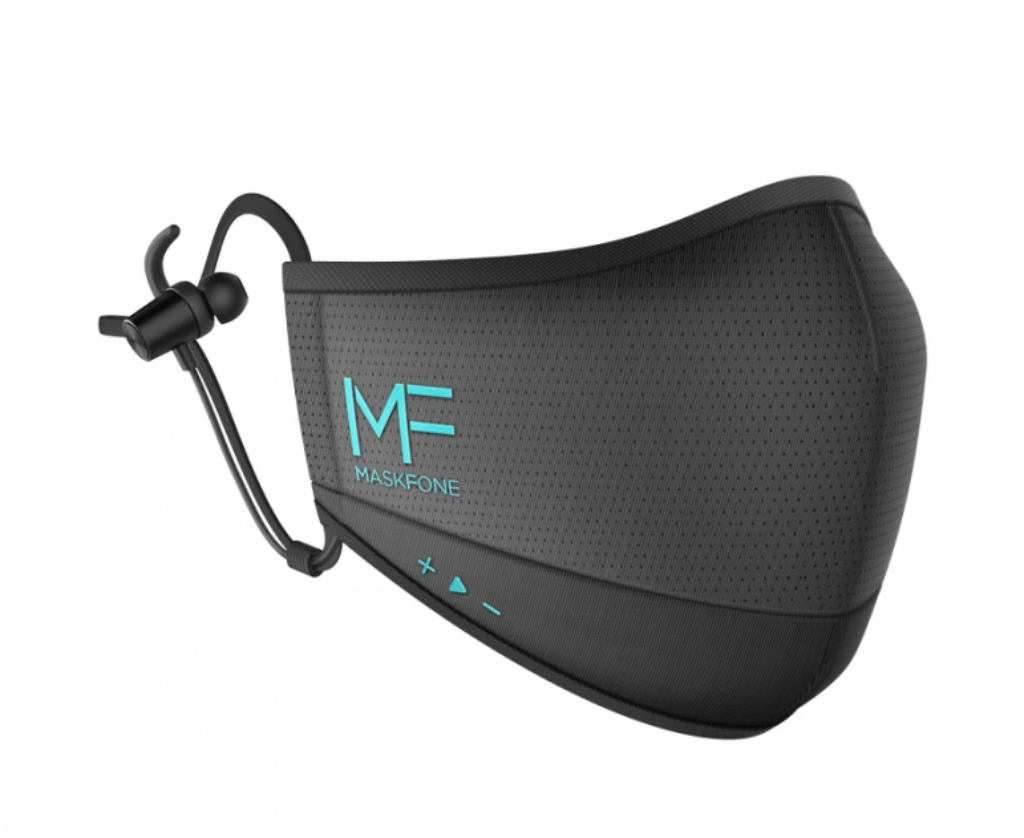
Some of the truly new technology at CES this year combined safety, fashion, and sound – all in one device. Shawn DuBravac turned me onto Binatone’s MaskFone.
As you can see at right, unlike Google Glass that just made you look weird – the MaskFone brings together Bluetooth earbuds, a mic, and of course protection against nasty viruses.
With 12 hours of battery life, the Binatone is loaded with cool features, including buttons on the mask to use the phone – and stopping and starting music, as well as adjusting volume – all thanks to Alexa whose voice is also embedded in this versatile mask.
But it is obviously the ear buds that caught my eye – yet another device with which consumers can listen to radio.
Just as consumers turned to their smartphones, Sonos speakers, smart speakers and other devices while stuck at home this year, a face mask with built-in audio may be the best thing to “portabalize” radio since the WalkMan – while keeping you safe.
Wonder if you could embroider a logo on these cool-looking masks?
CES recognized this handy device with a “Best of” award for 2021. And why not? The MaskFone makes it possible to stay safe – while listening to the radio, whether it’s Mark Levin, Mark & NeanderPaul, or Mark Knopfler.
This cleverest of devices from Binatone is a great deal – just $50 (N95 filters are extra). That means for what I paid for my Google Glass, I could have bought a MaskFone for you…and you…and you…and 27 more of you.
Even with the vaccine gaining momentum as this new year gets underway, we’ll still be wearing masks.
And listening to the radio.
The new 2021 question: Do you have a face (mask) for radio?
#WearAMask
- Media And Technology In 2025: Believe It Or Not! - April 18, 2025
- In Radio, You Just Never Know - April 17, 2025
- The Secret To Making A Great Podcast (And Great Radio) - April 16, 2025




Hi Fred,
Well, it’s interesting, but haven’t we been here before ?
As an engineer I wouldn’t put anything that transmits anywhere my head, not even bluetooth / wireless earphones, etc.
Whilst they (probably) emit low and safe levels of RF, who knows what the cumulative effect of these devices are, especially cheap and nasty products that don’t conform to any standard.
Cheers
Darren.
I always enjoy the engineering POV because you guys think differently than me. (Every time I talk into my mobile phone without wearing a headset, I wonder.) Thanks for commenting.